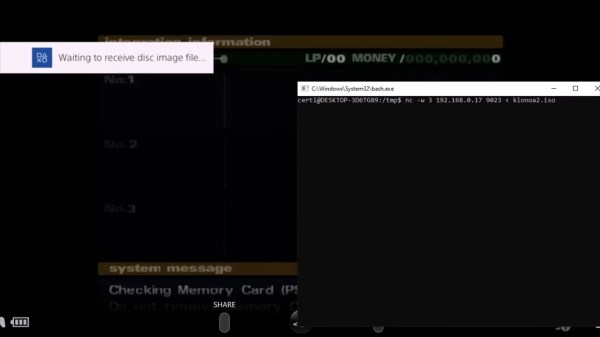A lot of talk and discussion happens anytime a hardware manufacturer releases a new line of faster, more powerful, or more efficient computers. It’s easy to see better and better specifications and assume that’s where all the progress is made. But without improved software and algorithms, often the full potential of the hardware can’t be realized. That’s the reason for the creation of io_uring, an improved system call interface in the Linux kernel. It’s also where [chompie] went to look for exploits.
The reason for looking here, in a part of the kernel [chompie] had only recently learned about, was twofold. First, because it’s a place where user space applications interact with the kernel, and second because it’s relatively new and that means more opportunities to find bugs. The exploit involves taking advantage of a complicated asynchronous buffer system, specifically at a location where the code confuses a memory location being used by the kernel with one which is supposed to be used for user space.
To actually get this to work as an exploit, though, a much more involved process is needed to make sure the manipulation of these memory addresses results in something actually useful, but it is eventually used to gain local privilege escalation. More about it can be found in this bug report as well. Thanks to the fact that Linux is open-source, this bug can quickly be fixed and the patch rolled out to prevent malicious attackers from exploiting it. Open-source software has plenty of other benefits besides being inherently more secure, though.


















